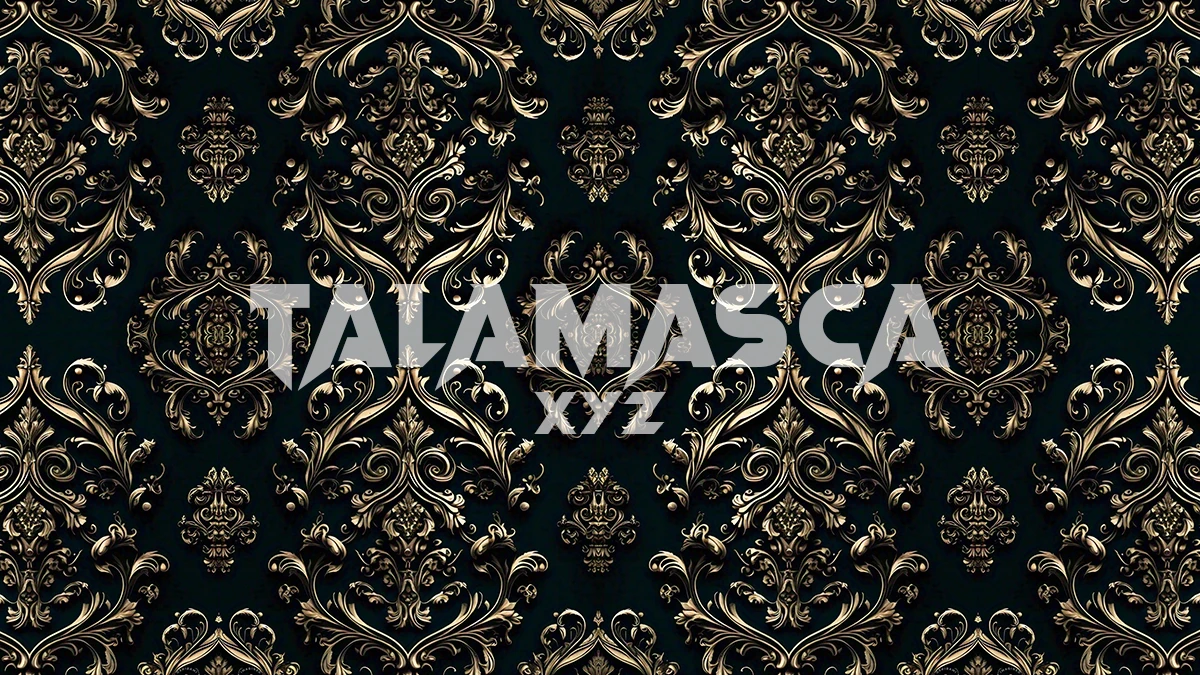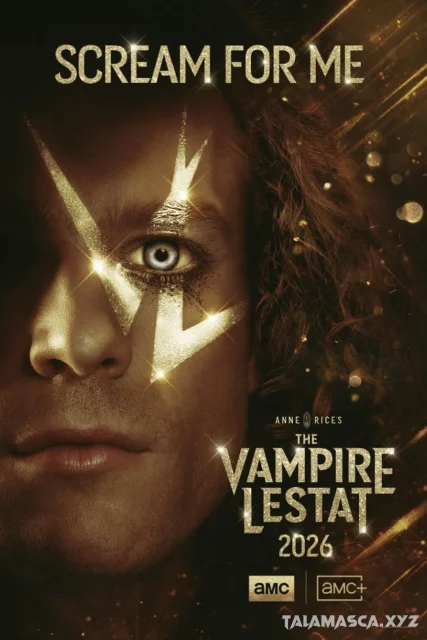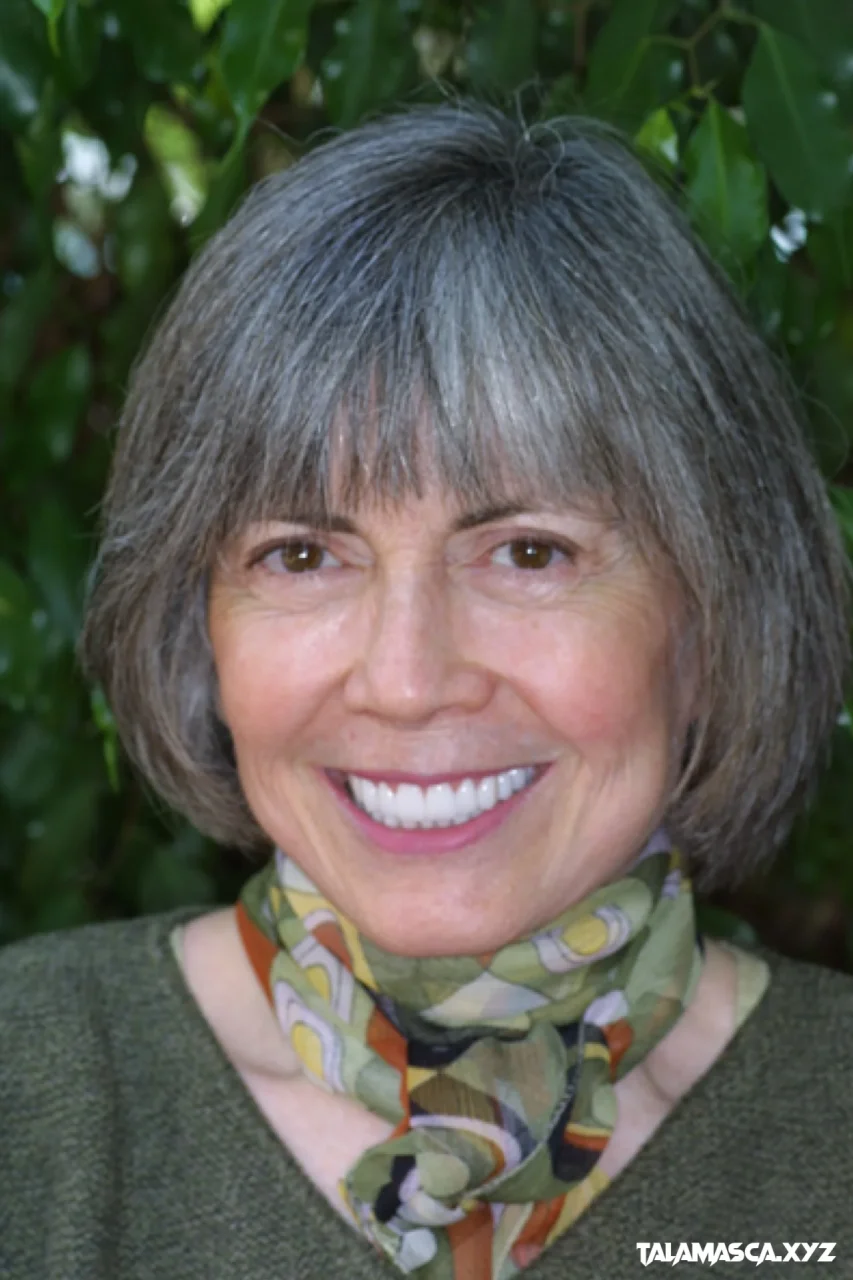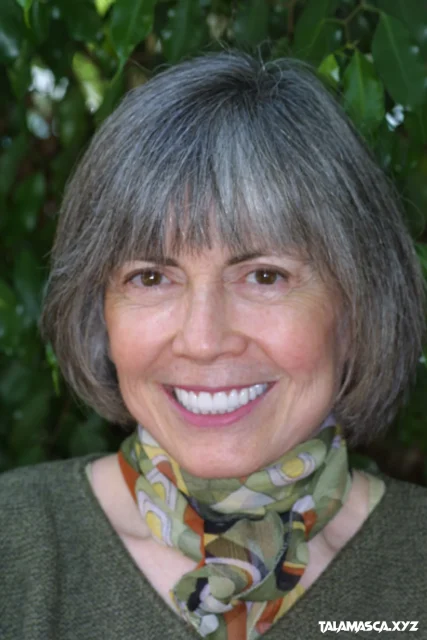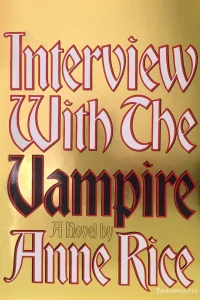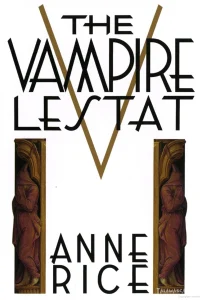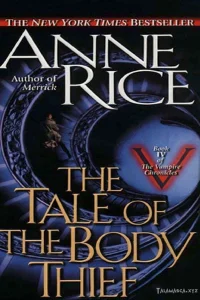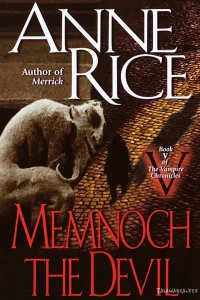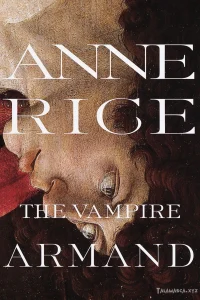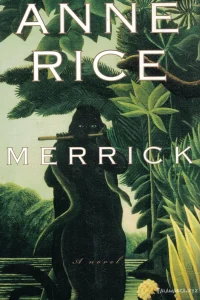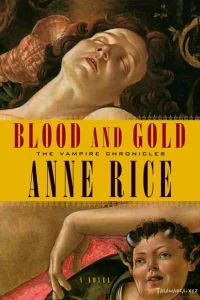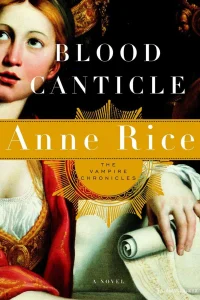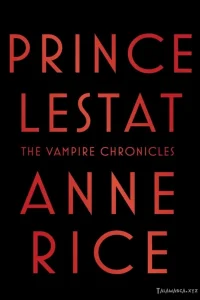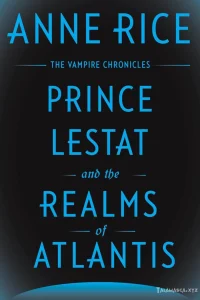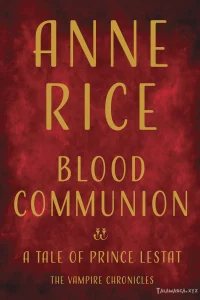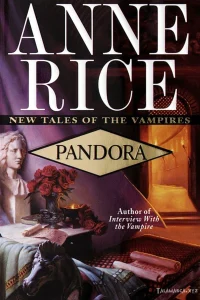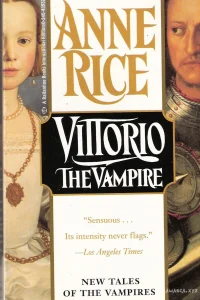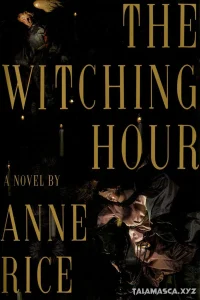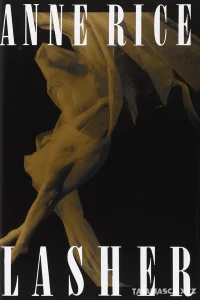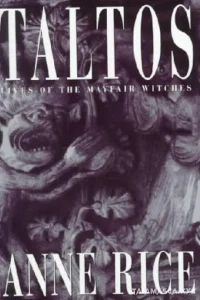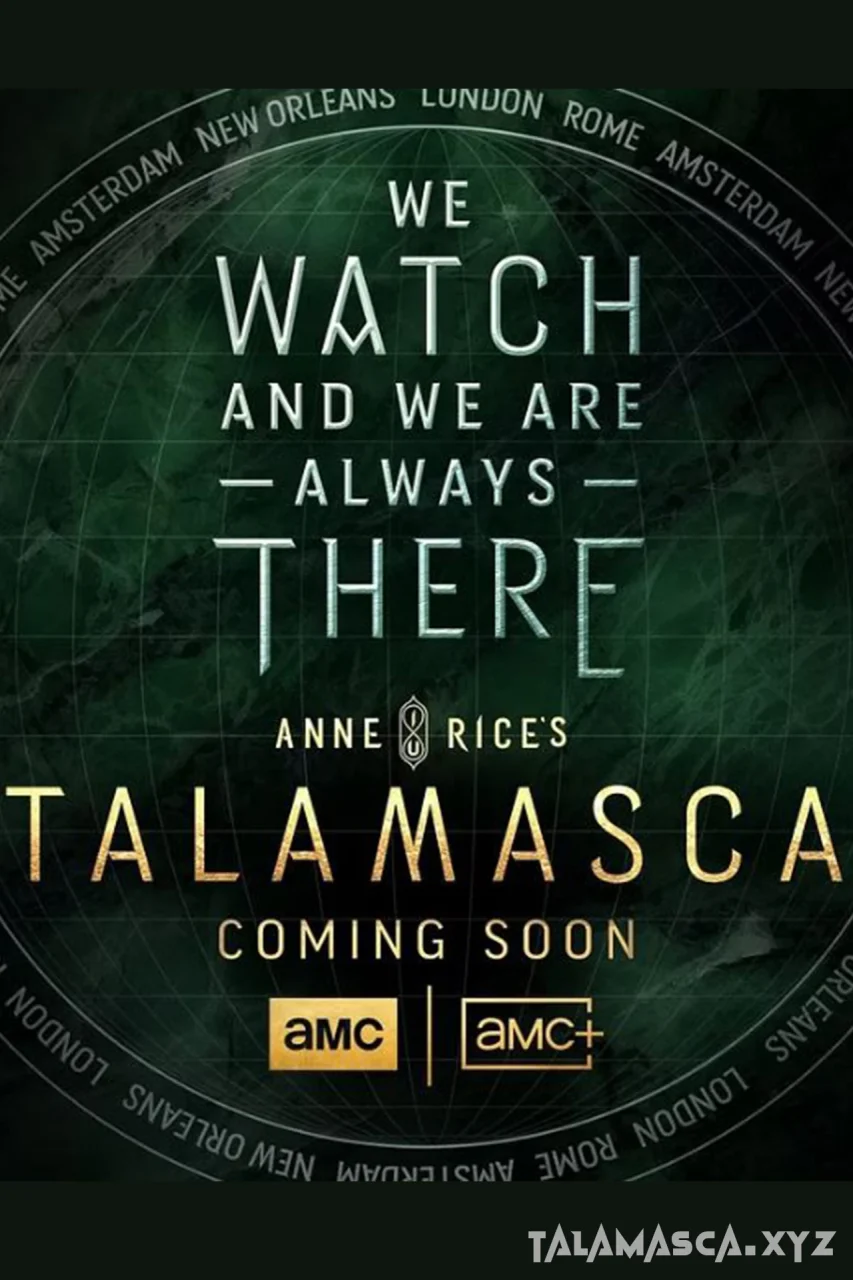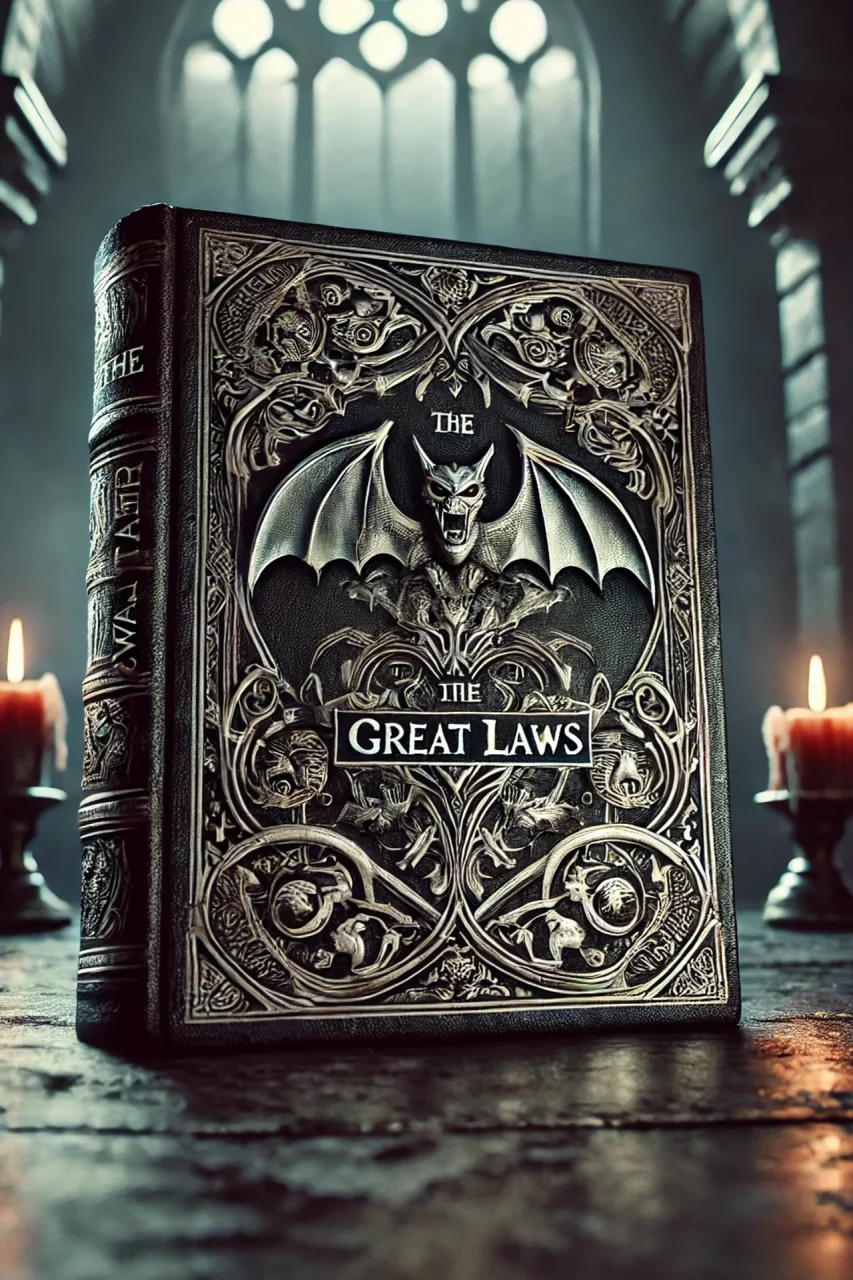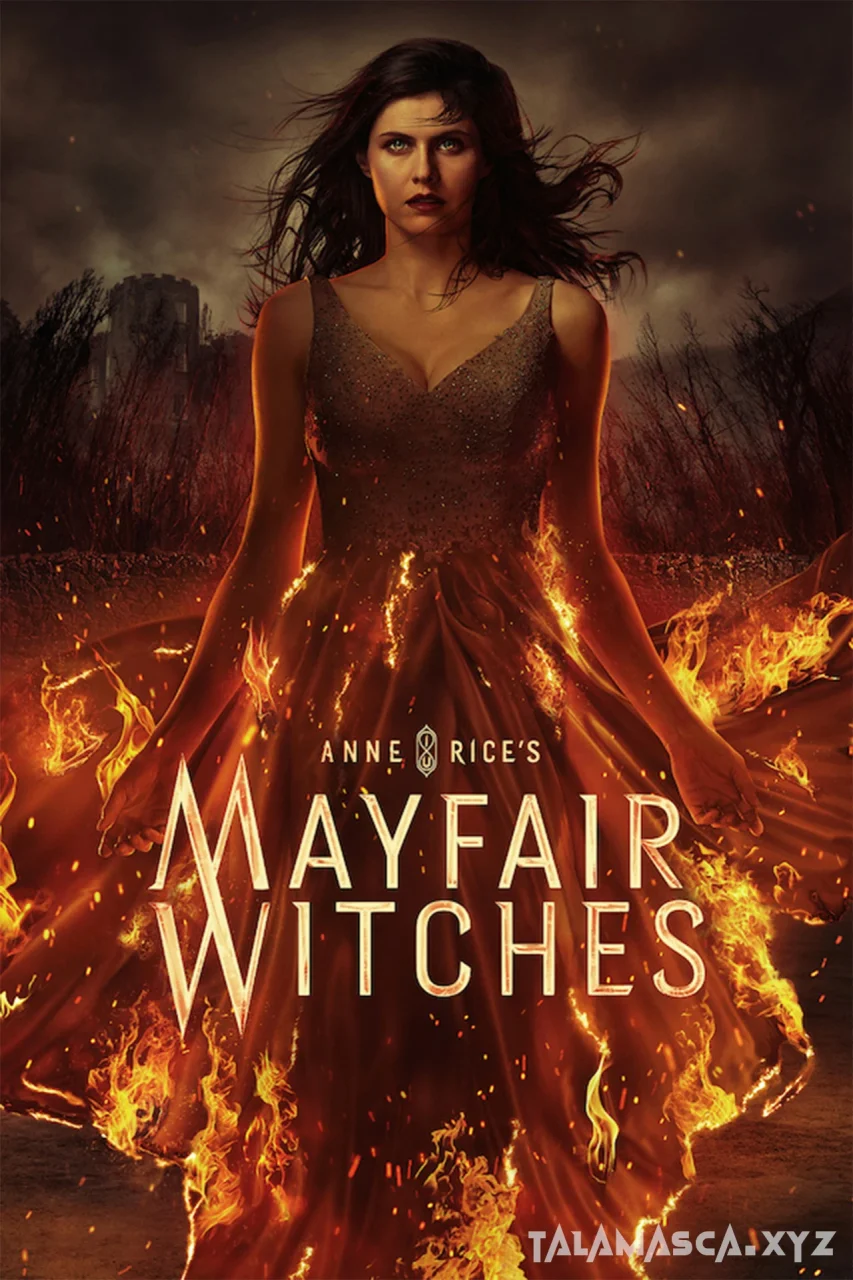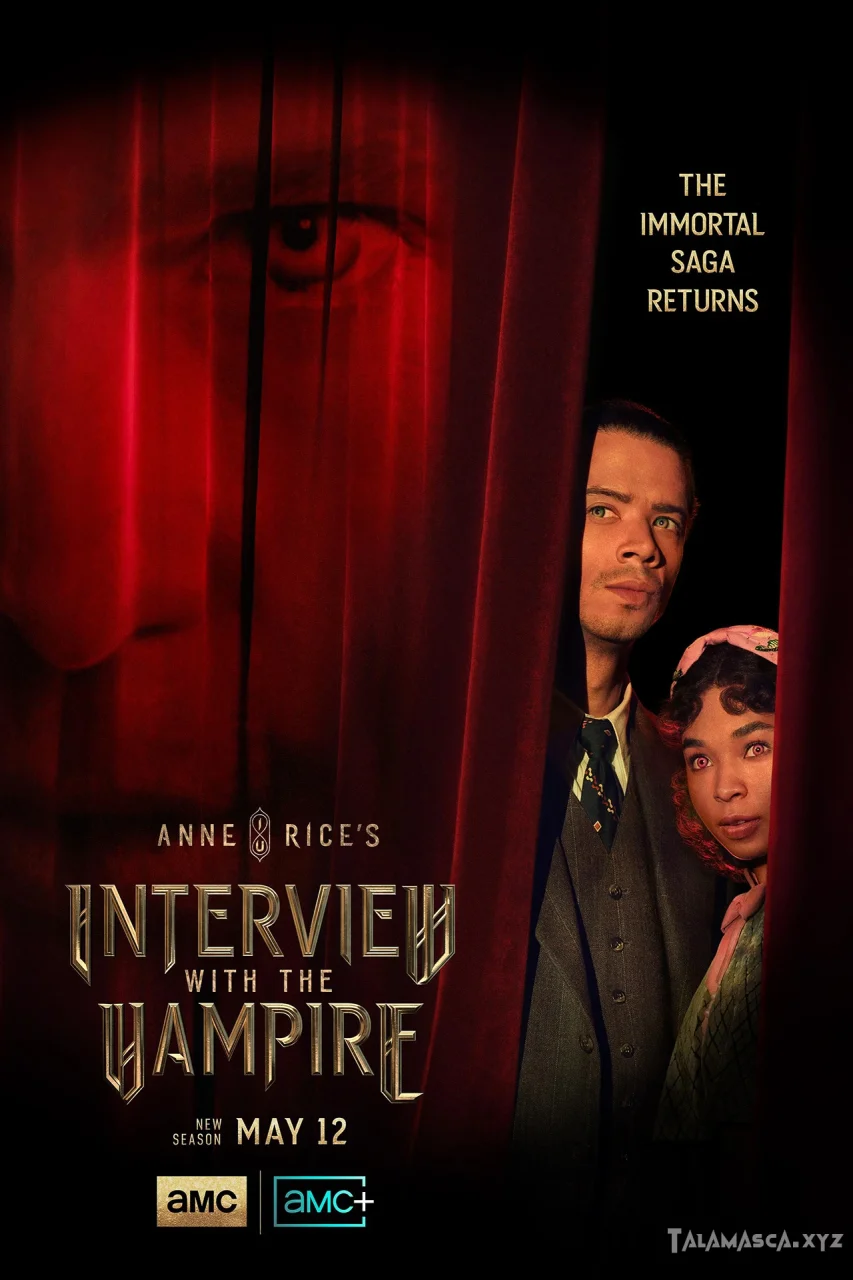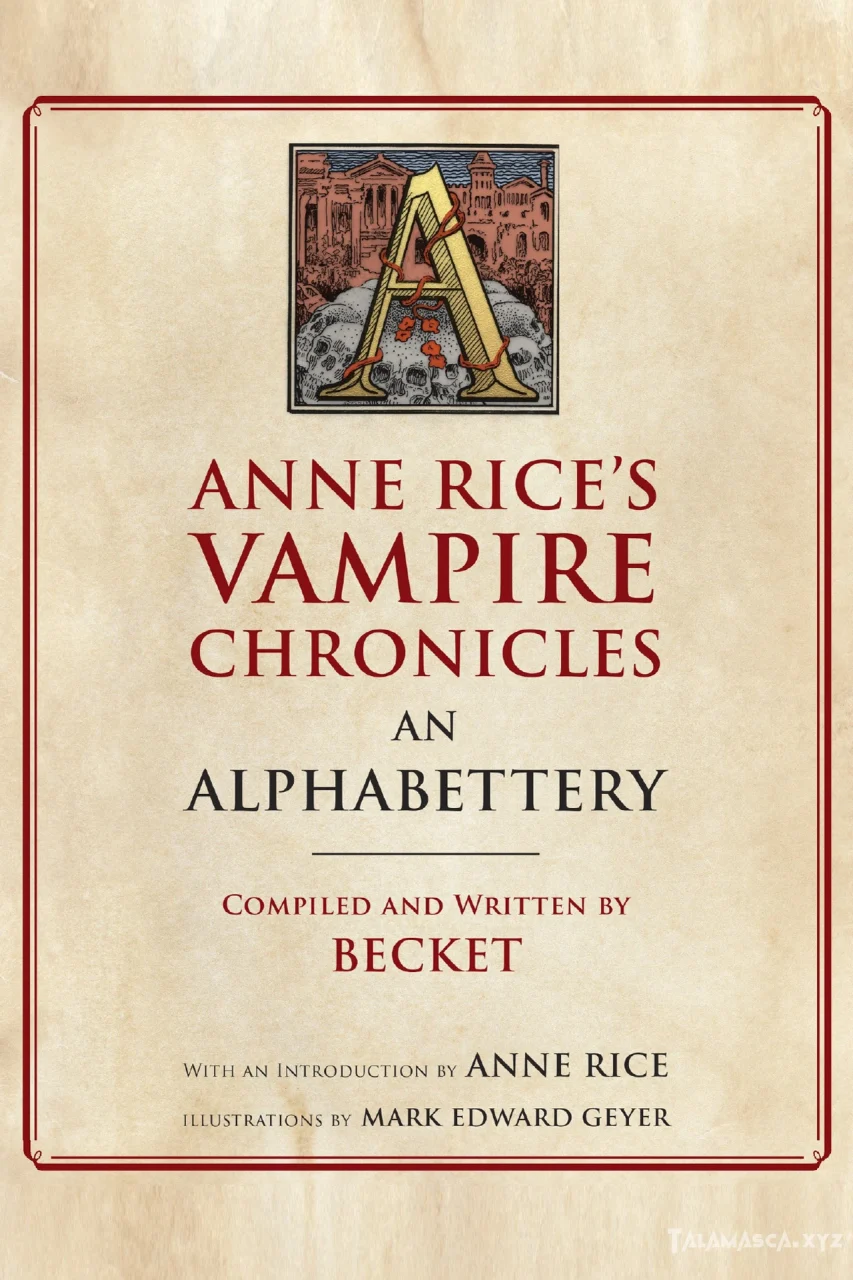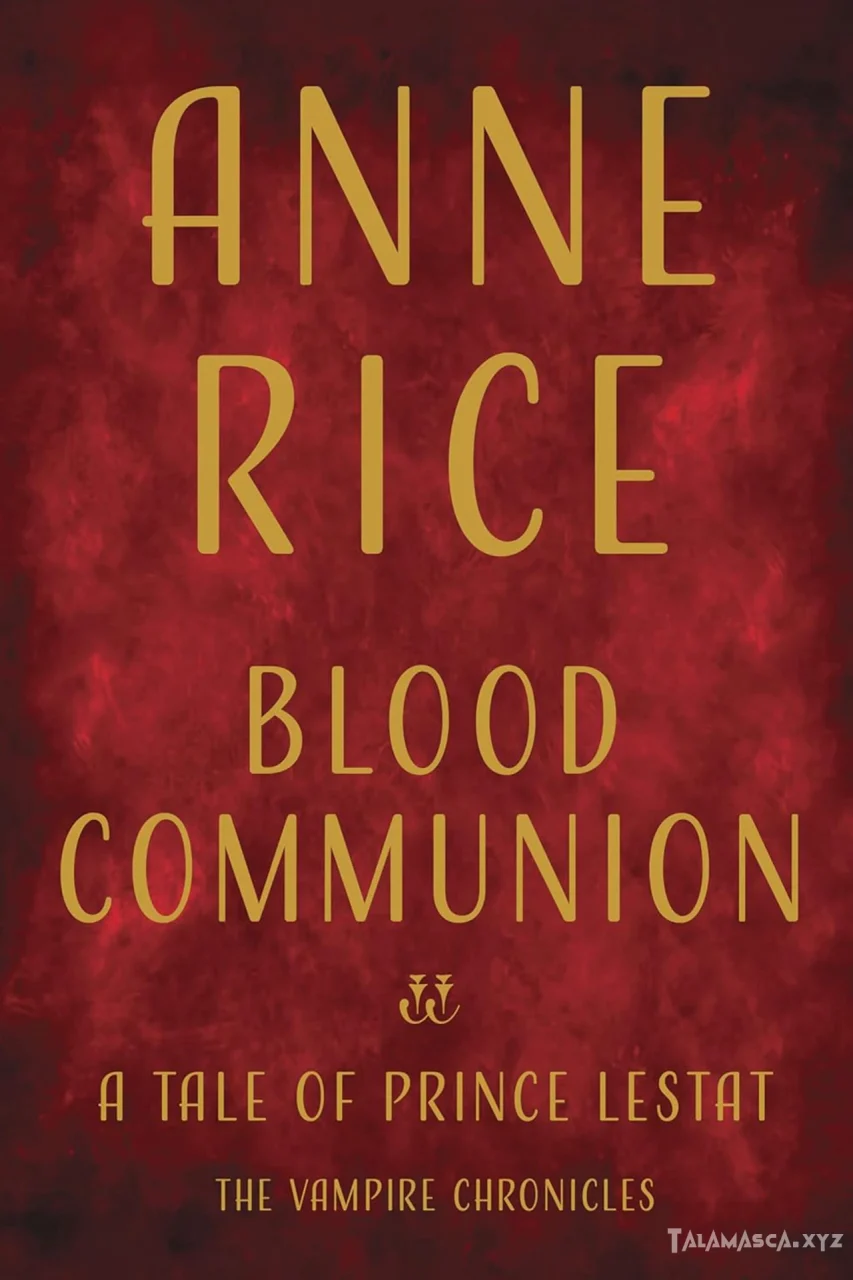2025-04-11
The Talamasca: The Secret Order [amc 2025]
AMC Announces a new TV Show called Talamasca; Following a secretive society which tracks supernatural beings like witches, vampires, and werewolves. Expected in Late 2025.
2025-03-26
The Great Laws
I
That each coven must have its leader and only he might order the working of the Dark trick upon a mortal, seeing that the methods and the rituals were properly observed.
II
That the Dark Gifts must never be given to the crippled, the maimed, or to children, or to those who cannot, even with the Dark Powers survive on their own. Be it further understood that all mortals who would receive the Dark Gifts should be beautiful in person so that the insult to God might be greater when the trick is done.
III
That never should an old vampire work this magic lest the blood of the fledgling be too strong. For all our gifts increase naturally with age and the old ones have too much strength to pass on. Injury, burning — these catastrophes, if they do not destroy the Child of Satan will only increase his powers when he is healed. Yet Satan guards the flock from the powers of old ones, for almost all, without exception go mad.
In this particular, let Armand observe that there was no vampire then living who was more than 300 years old. No one alive then could remember the first Roman coven. The devil frequently calls his vampires home.
But let Armand understand here also that the effect of the Dark Trick is unpredictable, even when passed on by the very young vampire and with all due care. For reasons no one knows, some mortals when Born to Darkness become as powerful as Titans, others may be no more than corpses that move. That is why mortals must be chosen with skill. Those with great passion and indomitable will should be avoided as well as those who have none.
IV
That no vampire may ever destroy another vampire, except that the coven master has the power of life and death over all of his flock. And it is further his obligation to lead the old ones and the mad ones into the fire when they can no longer serve Satan as they should. It is his obligation to destroy all vampires who are not properly made. It is his obligation to destroy all those who are so badly wounded that they cannot survive on their own. And it is his obligation finally to seek the destruction of all outcasts and all those who have broken these laws.
V
That no vampire shall ever reveal his true nature to a mortal and let the mortal live. No vampire must ever reveal the history of the vampires to a mortal and let the mortal live. No vampire must commit to writing the history of the vampires or any true knowledge of vampires lest such a history be found by mortals and believed. And a vampire’s name must never be known to mortals, save from his tombstone, and never must any vampire reveal to mortals the location of his or any other vampire’s lair.
2025-03-24
Blood Argot – Glossary
When the Vampire Lestat wrote his books, he used any number of terms taught to him by the vampires he had encountered in his life. And those vampires who added to his work, offering their memoirs and their experiences in written form, added terms of their own, some much more ancient than those ever revealed to Lestat.
This is a list of those terms, which are now common amongst the Undead throughout the world.
The Blood — When the word is capitalized it refers to vampiric blood, passed on from master to fledgling through a deep and often dangerous exchange. “In the Blood” means that one is a vampire. The Vampire Lestat had over two hundred years “in the Blood” when he wrote his books. The great vampire Marius has over two thousand years in the Blood. And so forth and so on.
Blood Drinker — The most ancient term for “vampire.” This was Akasha’s simple term, which she later sought to supplant with the term “blood god” for those who followed her spiritual path and her religion.
The Undead—Common term for vampires of all ages.
Maker — Simple term for the vampire who brought one into the Blood. Being slowly replaced by the term “mentor.” Sometimes the maker is also referred to as the “master.” However, this has gone out of use. In many parts of the world it is considered a great sin to rise up against or seek to destroy one’s maker. A maker can never hear the thoughts of a fledgling, and vice versa.
Fledgling — A new vampire very young in the Blood. Also, one’s own offspring in the Blood. For example, Louis is the fledgling of Lestat. Armand is the fledgling of Marius. The ancient twin Maharet is the fledgling of her twin, Mekare. Mekare is the fledgling of the ancient Khayman. Khayman is the fledgling of Akasha.
The Queen of the Damned — Term given to the Vampire Mekare by her sister Maharet once Mekare had taken the Sacred Core into herself. It was ironic. Akasha, the fallen Queen who had sought to dominate the world, had called herself the Queen of Heaven.
The Queens Blood — These are the vampires made by Queen Akasha to follow her path in the Blood and fight the rebels of the First Brood.
Children of Satan — Term for vampires of Late Antiquity and after who believed they were literally children of the Devil and serving God through serving Satan as they fed upon humankind. Their approach to life was penitential and puritanical. They denied themselves all pleasure except drinking blood and occasional Sabbats (large gatherings) at which they danced, and they lived underground, often in filthy and dismal catacombs and enclosures. The Children of Satan have not been seen or heard from since the eighteenth century, and in all likelihood the cult has died out.
Children of the Millennia — Term for immortals who have lived more than a thousand years and most specifically for those who have survived more than two.
Children of the Night — Common term for all vampires, or all those in the Blood.
The Coven of the Articulate — A modern slang term popular among the Undead for the vampires whose stories appear in the Vampire Chronicles—particularly Louis, Lestat, Pandora, Marius, and Armand.
The First Brood — These are the vampires descended from Khayman who were in rebellion against Queen Akasha.
The Devil’s Road — Medieval term among the vampires for the road each vampire takes through this world; a popular term of the Children of Satan, who saw themselves as serving God through serving the Devil. To ride the Devil’s Road was to live one’s life as an immortal.
The Little Drink — Stealing blood from a mortal victim without the victim knowing it or feeling it, without the victim having to die.
The Sacred Core — This refers to the residing brain or governing life force of the spirit Amel, which is inside the body of the Vampire Lestat. Before Lestat, it was in Mekare. Before it was in Mekare, it was in the Vampire Akasha. It is believed that every vampire on the planet is connected to the Sacred Core by some sort of invisible web or network of tentacles. If the vampire containing the Sacred Core were to be destroyed, all the vampires of the planet would die.
The Savage Garden — A term used by Lestat for the world, fitting with his belief that the only true laws of the universe are aesthetic laws, the laws that govern the natural beauty we see all around us on the planet.
Blood Wife or Blood Spouse — One’s vampire mate.
The Dark Trick — Refers to the act of actually making the new vampire. To draw out the fledgling’s blood and to replace it with one’s own powerful Blood is to work the Dark Trick.
The Dark Gift — A term for the vampiric power. When a master bestows the Blood on a fledgling, that master is offering the Dark Gift.
The Cloud Gift — This is the ability of older vampires to defy gravity, to rise up and move in the upper atmosphere and to cover long distances easily, traveling the winds unseen by those below. Again, no one can say when a vampire might acquire this power. The will to have it may work wonders. All truly ancient ones possess it whether they know it or not. Some vampires despise the power and never use it unless forced.
The Fire Gift — This is the ability of older vampires to use their telekinetic power to burn matter. They can, through the power of their minds, burn wood, paper, or any flammable substance. And they can burn other vampires as well, igniting the Blood in their bodies and reducing them to cinders. Only older vampires possess this power, but no one can say when and how a vampire acquires it. A very young vampire made by an ancient one may immediately possess the power. A vampire must be able to see that which he or she wants to burn. In sum, no vampire can burn another if he cannot see that vampire, if he is not close enough to direct the power.
The Mind Gift — This is a loose and imprecise term which refers to the preternatural powers of the vampiric mind on many levels. Through the Mind Gift, a vampire might learn things from the world above even when he is sleeping in the earth below. And consciously using the Mind Gift, he might telepathically listen to the thoughts of mortals and immortals. He might use the Mind Gift to pick up images from others as well as words. He might use the Mind Gift to project images into the minds of others. And finally he might use the Mind Gift to telekinetically open a lock, push open a door, or stop the progress of an engine. Again, vampires develop the Mind Gift slowly over time, and only the most ancient can rape the minds of others for information they do not wish to give, or send a telekinetic blast to rupture the brain and blood cells of a human being or another vampire. A vampire can listen to many the world over, hearing and seeing what others hear. But to destroy telekinetically, he or she must be able to see the intended victim.
The Spell Gift — This refers to the power of vampires to confuse, beguile, and spellbind mortals and sometimes other vampires. All vampires, even fledglings, have this power to some extent, though many don’t know how to use it. It involves a conscious attempt to “persuade” the victim of the reality the vampire wants the victim to embrace. It doesn’t enslave the victim. But it does confuse and mislead. It depends on eye contact. One can’t spellbind anyone from a distance. In fact, it more often involves words as well as glances, and certainly involves the Mind Gift on some level.
Excerpt From
Prince Lestat and the Realms of Atlantis: The Vampire Chronicles – Anne Rice
This material may be protected by copyright.
2024-09-12
An Invitation
This website is created to collect all evidences to create a comprehensive database of Anne Rice’s Vampire Chronicles.
2023-01-08
Mayfair Witches [amc 2023]
Neurosurgeon Rowan Fielding has a problem. When she gets mad, she kills with her mind. Her search for answers sends her to New Orleans, home to her biological family and the spirit Lasher who has haunted them for generations. Ciprien (Sip) Grieve, a devoted agent to the Talamasca, is assigned to protect Rowan.
2022-10-02
Interview With The Vampire [amc 2022]
Anne Rice’s Interview with the Vampire, or simply Interview with the Vampire, is an American gothic horror television series developed by Rolin Jones for AMC, based on The Vampire Chronicles by Anne Rice, named after the first book. Starring Jacob Anderson as Louis de Pointe du Lac and Sam Reid as Lestat de Lioncourt, it begins with the vampire Louis recounting his past and tumultuous relationship with the vampire Lestat.
2018-10-23
Alphabettery [2018]
An Alphabettery of Anne Rice’s Vampire Chronicles gathers together, from all fifteen of the books in the series, the facts, details, story lines, genealogies of her characters, vampiric subjects, geographical influences, and cultural and individual histories, all of which Rice painstakingly researched and invented during her 40-year career–to date–through which she has enchanted and transported us. Here are concise, detailed biographies of every character, no matter how central or minor to the cosmology.
2018-10-02
Blood Communion [2018]
Lestat takes us from his ancestral castle in the snow-covered mountains of France to the verdant wilds of lush Louisiana, with its lingering fragrances of magnolias and night jasmine; from the far reaches of the Pacific’s untouched islands to the 18th-century city of St. Petersburg and the court of the Empress Catherine. He speaks of his fierce battle of wits and words with the mysterious Rhoshamandes, proud Child of the Millennia, reviled outcast for his senseless slaughter of the legendary ancient vampire Maharet, avowed enemy of Queen Akasha, who refuses to live in harmony at court and who threatens all Lestat has dreamt of.
